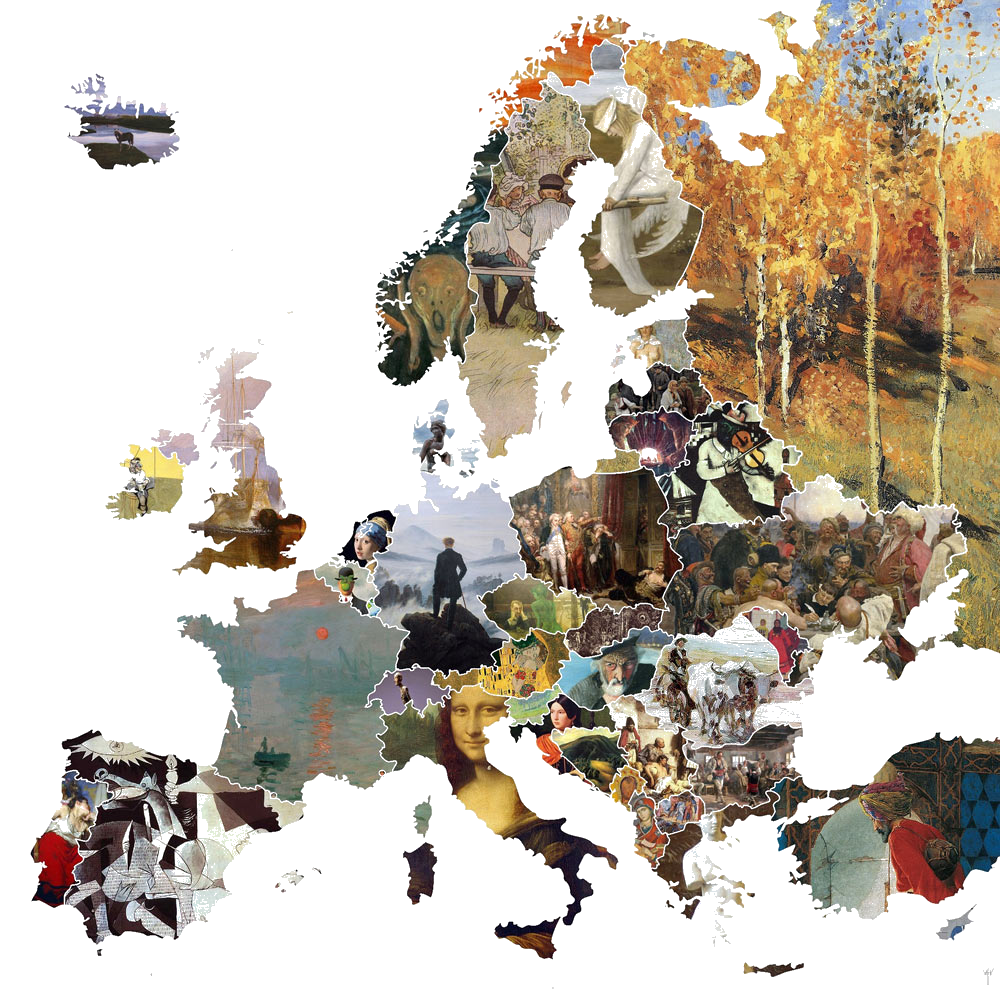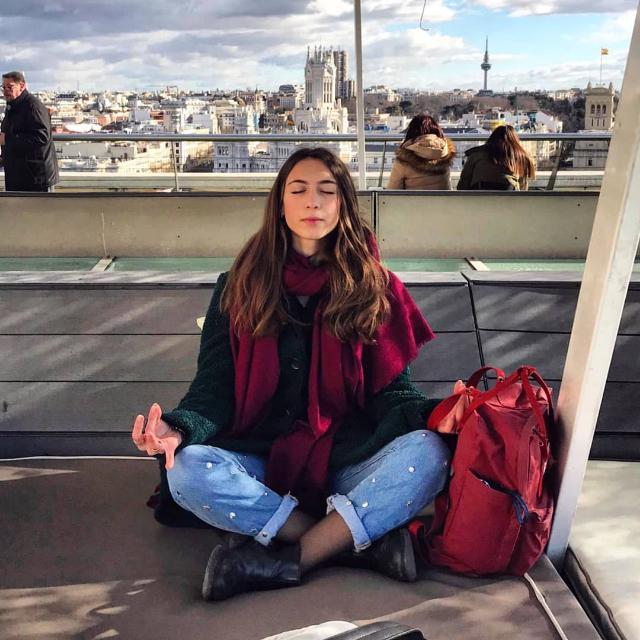
Art moves around the world. The fact is, we do not know that.



And if the provenance is the route to follow, an archive will be the map on which we orient our steps. Facing the impossibility to give an answer for the chronicles of all, the known so far, works of art, our research will be focused on the ones gathered under the largest online catalogue of Italian Art available on the web: the one of Federico Zeri's Photolibrary curated by the University of Bologna. This rich source of information, more unique than rare, for the possibilities it offers to consult the data in LOD format, is the perfect ground to enter and follow the movements of Italian paintings through history and world.

Finally, our cardinal points will be the data available in the Catalogue. In particular, from a first exploration of its LODs, it is possible to circumscribe the area of our trip to
From this data, it is finally possible to start our journey.
As in every journey, in ours as well are involved a variety of places and entities. In a deep-seated exploration into the granularity of information, we will gradually approach four different levels of italian atrworks relocations.
Αt the first level we will see countries and national entities, in dealing with the general picture of the geographical dispersion of works of art and the direction around the world. In the second level there will be presented their position at the city level, while for the third one exchanging acts will be analyzed at the more detailed point of institutions. Finally, we will embark on a journey in pursuiting the most intriguing travel stories , retracing the stages of the paintings that for several reasons, have traveled the world the most.
The big picture, which will reveal in a general but extremely important degree the expansion of Italian art specimens around the world, is their geographical location. It is important to understand that art cannot be limited to geographical borders, as a fact for the aforementioned and the intuitive aspect of the movement is that, despite their Italian origin a vast amount of them are being kept in foreign institutions. The map bellow demonstrates the number of Italian paintings that are outside the borders of Italy and their current location , while it proves, our initial speculation, the wide spread of Italian works of art, even in places where we would hardly think that we could find hints of it (e.g. Egypt).
According to the data presented in the map, about 425 pieces of Italian artworks are located in Europe, with the exception of Italy as the predecessor, while more than 1770 pieces are located outside Europe, with the main holder being the United States of America (1141 pieces).
At an even more detailed level than the national one, art often travels from city to city. Addressing the problem of provenance from the point of view of cities allows us to also take into consideration all internal movements within the same country. Furthermore, we can introduce the concept of exchange of works of art and investigate their movements from the point of view of acquisitions and disposals by cities.
Each city carries out a certain number of acts of exchange which, alone, are already able to restore the dimension of the art relocation:
These exchanges can be mainly of two types: acquisitions and disposals of artworks. Cities around the world ditinguish for the quantity of exchanging acts performed:
Of course cities are also places, and a larger sight on them allow to draw a sort of geography of art exchanges. Indeed, the most relevant cities for exchanging acts are placed along the two side of the Atlantic Ocean, drawing a very precise route of art movement. At the same time, some countries result to be completely outside from this route, eg. Asia and Africa. It is an almost totally Western-centric exchanging.
Nevertheless, the real protagonists of the exchange of works of art are the institutions. Museums, private collections and even auctions: art travels in different ways.
As was to be expected, Italy turns out to be the largest exporter of Italian paintings due to the exchange acts of its institutions. Among the 20 that sell Italian paintings, there are as many as 12 Italian entities, public and private, with the absolute dominance on the market of the Private Collection, which stands out among all the others for the large amount of paintings sold over time.
But the same thing can be said, about acquisitions as well. 10 Italian institutions are among the 20 largest acquirings of Italian art in the world, a data that returns the relevance of art movements happening within the same country.
However, not all art trading institutions are created equal. Some of them are more focused on
import, others on export.
Nonetheless, a glance to the four most relevant ones returns how all the majors have been focused on acquisitions rather than disposals:
Finally, art exchanges allow us to reconsider the role of institutions as well. They are no longer atomic entities that gealously keep their treasures, but parts of a larger whole, building with their relationships a real network through which art is able to move and link the most different places in the world:
Throughout this expedition we explored the geographical location of Italian works of art on a global
scale, their journey through the fabric of cities and the final position held by institutions in the
process.
We acquired important information about the way in which the active cultural network extends beyond the
Atlantic as well as the influence of Italian art.
In the last stop of our exploration we retrace the stages of the paintings that have traveled the world the most while looking at their passages overseas
This project was carried out by Marina Christodoulou, Giulia Renda and Elisa Silva for the Electronic Publishing and Digital Storytelling (a.y. 2020-2021) final
exam, as part of the Digital Humanities and Digital Knowledge Master's Degree at the University of
Bologna.

Master's Degree student, DHDK @UniBo.
Graduated in Humanities.
STORYTELLING
COMMUNICATION
DATA MANIPULATION
DATA VISUALIZATION
GRAPHICS

Master's Degree student, DHDK @UniBo.
Graduated in History.
DATA EXTRACTION
DATA ORGANIZATION
DATA MANIPULATION
DATA VISUALIZATION

Master's Degree student, DHDK @UniBo.
Graduated in Humanities.
DATA MANIPULATION
DATA VISUALIZATION
STORYTELLING
WEB DEVELOPMENT
GRAPHICS